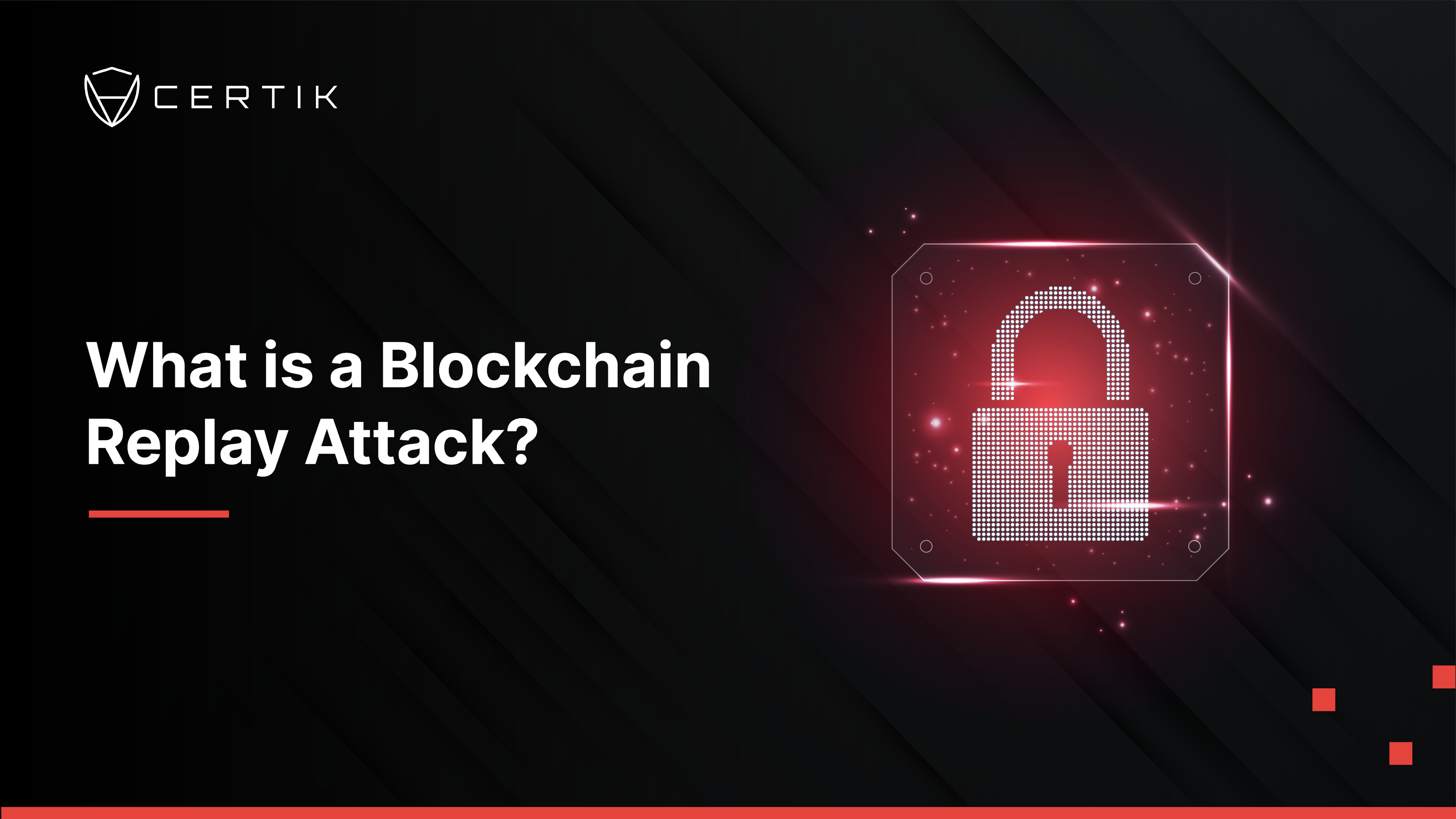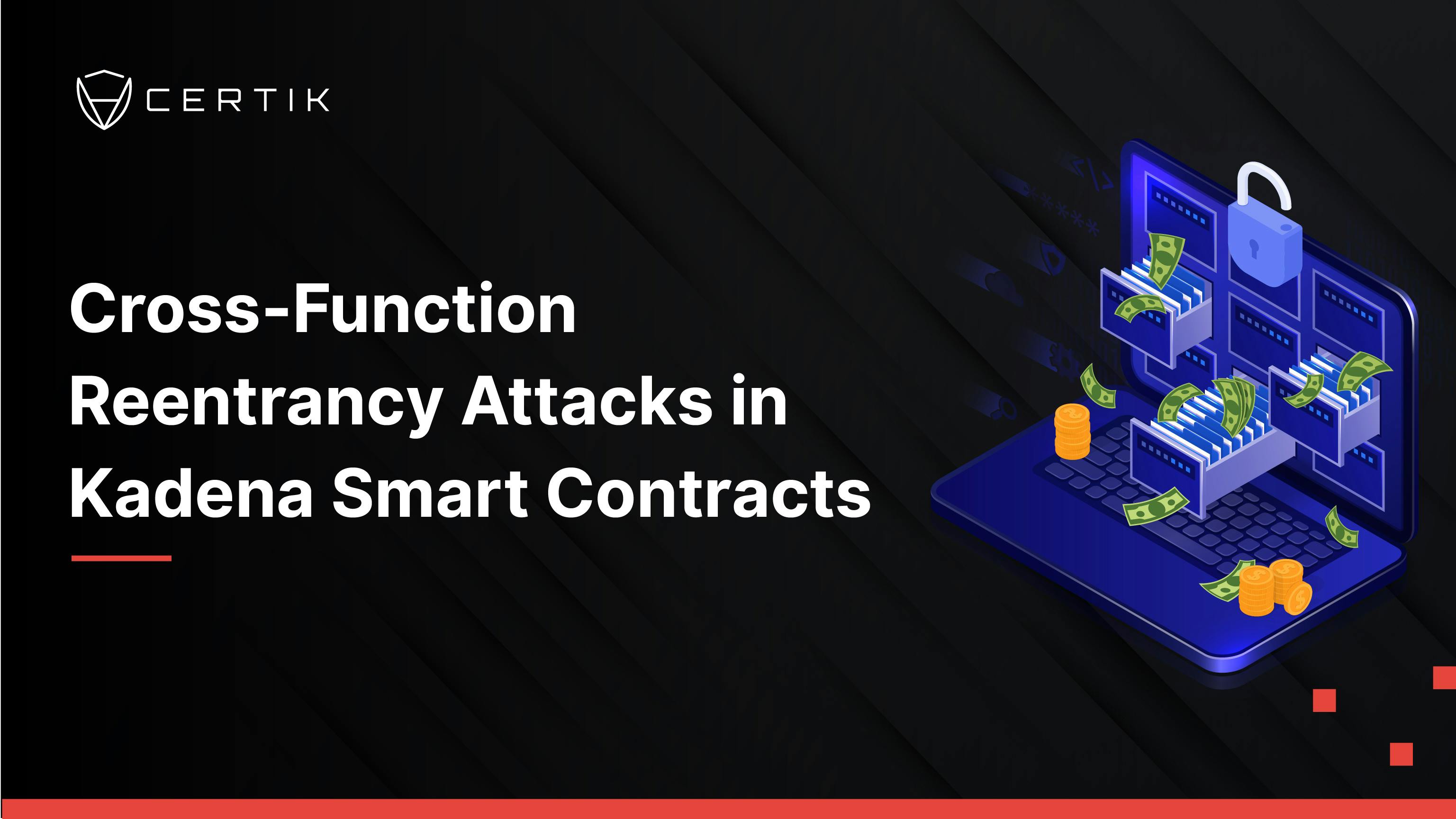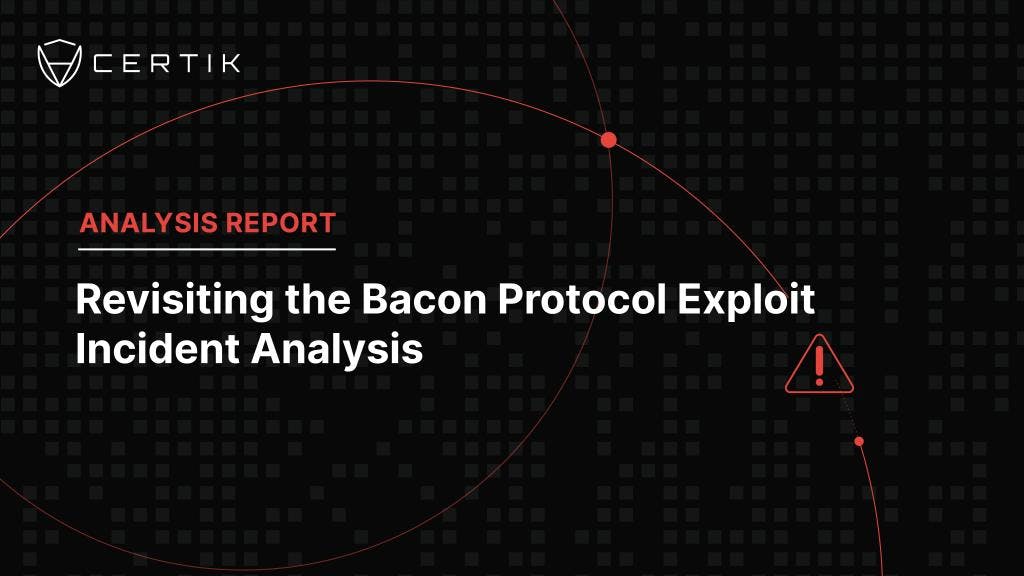The rise of cryptocurrencies and blockchain technology is largely in part due to the security and reliability offered by such innovations.

Blockchain technology is securely covered by cryptography. This means that each block carries a unique and private key that can only be verified with a private key. Moreover, blockchain technology is decentralized and distributed, which means that there is no single point of failure in this system. This makes the blockchain much more difficult to infiltrate and corrupt.
But despite being designed to be tamper-proof, democratic, and immutable, blockchain technology is not immune to cyberattacks. In fact, a study by a professor from Bentley University points out that the preventive mechanisms of blockchain such as cryptography, anonymity, and distributed consensus can diminish its resistance to other types of cyber attacks and fraud.
In this post, let’s take a look at one of the most prominent cyberattacks that affect blockchain technology today: replay attacks.
What is a replay attack?
A replay attack happens when a malicious figure sneaks up on a secure network connection, intercepts it, and then manages to delay or resend a valid data transmission in order to subvert the receiver. Because the original messages are intercepted after capturing them from a network, cyber criminals don’t even need to decrypt them. This essentially defeats the cryptography aspect of blockchain networks, making replay attacks a strategy of choice by malicious entities who target blockchain.
What do hackers gain from replay attacks?
Replay attacks are essentially used to obtain information on protected networks by appearing as if they have valid credentials. Financial institutions are often targeted by replay attacks, as attackers use it to duplicate transactions and directly take out money from unsuspecting accounts. In some instances, cybercriminals will merge different parts of encrypted messages and pass them on to an otherwise secure network. Also known as a cut-and-paste attack, such attacks can generate valuable information that can be used by a malicious individual to exploit a network.
In blockchains, replay attacks have a huge destructive potential. This is because blockchain ledgers often experience protocol changes or upgrades. Also known as hard forks, this happens when an existing ledger divides into two, with one using legacy software, and the other on the updated version. Oftentimes, hard forks are meant to upgrade a ledger. However, hard forks can also be initiated in order to form new cryptocurrencies.
During such hard forks, malicious entities will use replay attacks to infiltrate blockchain ledgers. Any transaction made by a person whose access was valid before the hard fork will also be valid on the updated system. This means that the transaction made during a hard fork bypasses the blockchain security by duplicating the transaction and transferring an identical number of units on the attacker’s account. Because the upgraded blockchain’s nodes cannot identify which chain the compromised transaction is meant for, the signed transaction is then validated on the old legacy system and in the upgraded version.
How to protect your organization from replay attacks
Individuals and organizations that extensively use blockchain tech and cryptocurrencies are the ones most vulnerable to replay attacks. In order to thwart replay attacks, you should employ various safety measures. For one, you can use strong replay protection, which is where a special marker is attached to the new ledger that branches out from the hard fork. This ensures that transactions in the new system are not valid on the legacy ledger, and vice versa.
A post on online tech resource IT Business Edge notes that blockchain technology is a crucial part of today’s cybersecurity strategies, as it can be used in a number of ways to protect an organization. In addition, those that adopt blockchain tech are significantly protected from the usual cyberattacks that plague industries today. But as we’ve mentioned, nothing is 100% secure.
In this regard, you should seek the help of a cybersecurity expert when bolstering your blockchain strategies. Thankfully, blockchain tech’s potential to facilitate secure processes has resulted in modern cybersecurity curriculums that touch on the technology. For example, the cybersecurity degrees offered by Maryville University emphasize the importance of cryptography and network security, two key concepts that are involved in blockchain tech. Furthermore, these programs also encourage professionals to gain industry relevant certifications such as the ECSA and CISSP, making them more competent in handling evolving security issues such as replay attacks.
Don’t let your organization fall victim to replay attacks. If you want to safely use blockchain tech, keep in mind what we’ve discussed above and widen your cybersecurity knowledge by reading our other posts here on CertiK.
Specially written for CertiK.com
By: Rhonda Jacalynn



